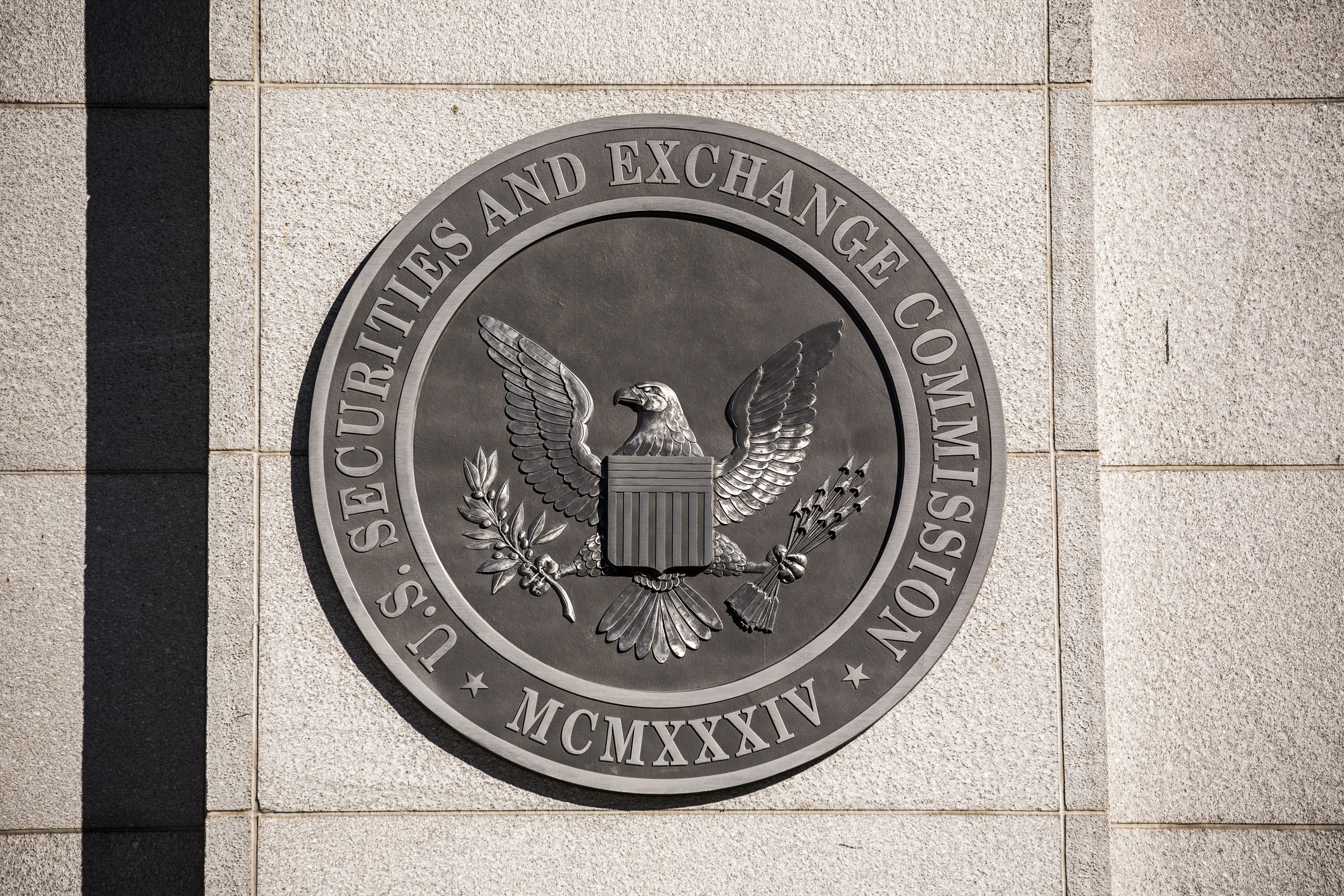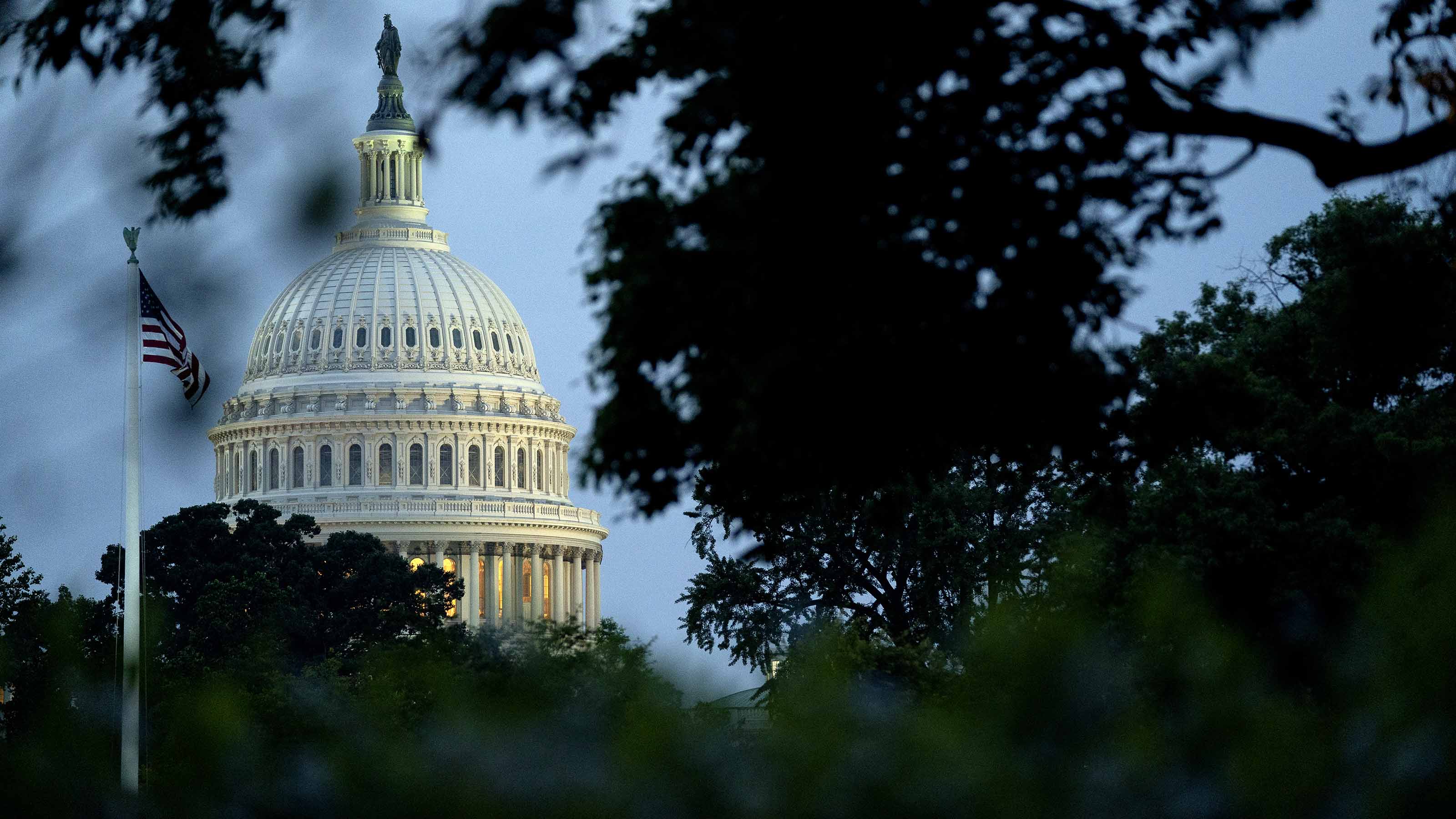Electric Bills to Surge in Coal Burning Areas
Green power requirements will require utilities to invest big -- and raise rates.
Electric utility bills will rise by as much as 10% a year from 2011 through about 2020 in areas that depend heavily on coal fired generators -- especially the Midwest and Southeast.
Rates will go up as power suppliers seek to recoup their coming investments in new generators and other modern equipment that’s needed to replace old infrastructure -- much of it dating from the 1970s. The industry as a whole figures to invest around $80 billion per year through 2020 and probably beyond.
Given the likelihood of new regulations to control carbon dioxide emissions, many utilities will opt to build large new fleets of natural gas generators rather than retrofit coal plants. Either way, it will cost billions.
From just $107.88 $24.99 for Kiplinger Personal Finance
Become a smarter, better informed investor. Subscribe from just $107.88 $24.99, plus get up to 4 Special Issues

Sign up for Kiplinger’s Free Newsletters
Profit and prosper with the best of expert advice on investing, taxes, retirement, personal finance and more - straight to your e-mail.
Profit and prosper with the best of expert advice - straight to your e-mail.
Also contributing: more regulations. Nearly two-thirds of the states have green power laws that require electricity retailers to get progressively more of their electricity from solar, wind, water or geothermal sources. For example, renewable power must account for nearly 30% of electricity sold to New York customers by 2015, 20% in Colorado by 2020 and 33% in California by 2020. Moreover, look for the U.S. to require a minimum of 20% of all electricity to come from renewables by around 2025, compared with about 5% now.
To manage electricity flow from renewables and boost efficiency, electric utilities will also build out the smart grid -- a system of computerized sensors and meters in homes and offices. The cost to build the new grid: at least $100 billion by 2020.
“These renewable portfolio standards increase costs because electricity made by wind, solar and other renewables generally costs more than conventional power” made in coal, natural gas or nuclear plants, says Branko Terzic, regulatory policy leader with Deloitte Services, a business consulting firm.
Ramping up green power also requires more spending on new transmission lines to get the electricity from the windy Great Plains, the sun baked Southwest and other fairly remote areas to large distant coastal and other cities with the highest demand for it.
Further, state regulators are pushing utilities selling power in states with large metro areas to slow the growth of electricity consumption to help reduce pollution. Such moves will buoy electric bill costs by eliminating an important buffer for power companies. “For many years, even though costs were going up, utilities were getting more customers, allowing the companies to cover low-level cost increases” without big electric rate hikes, Terzic says.
Electric power retailers are lining up to file rate hike petitions with state regulators. About 100 petitions will be filed by year-end, matching 2009’s total, which was up around 20% from preceding years, says Richard Cortright, managing director for Standard & Poor’s utilities and infrastructure group.
Profit and prosper with the best of Kiplinger's advice on investing, taxes, retirement, personal finance and much more. Delivered daily. Enter your email in the box and click Sign Me Up.
-
 'Humbug!' Say Consumers, Despite Hot GDP: Stock Market Today
'Humbug!' Say Consumers, Despite Hot GDP: Stock Market Today"The stock market is not the economy," they say, but both things are up. Yet one survey says people are still feeling down in the middle of this complex season.
-
 The SEC Is Concerned for Older Investors and Retirement Savers. Here's What You Should Know
The SEC Is Concerned for Older Investors and Retirement Savers. Here's What You Should KnowThe SEC focusing on older investors, retirement and college savers, and private securities. Here's how those changes impact you.
-
 Vesting, Catch-Ups and Roths: The 401(k) Knowledge Quiz
Vesting, Catch-Ups and Roths: The 401(k) Knowledge QuizQuiz Test your understanding of key 401(k) concepts with our quick quiz.
-
 Disney’s Risky Acceptance of AI Videos
Disney’s Risky Acceptance of AI VideosThe Kiplinger Letter Disney will let fans run wild with AI-generated videos of its top characters. The move highlights the uneasy partnership between AI companies and Hollywood.
-
 AI Appliances Aren’t Exciting Buyers…Yet
AI Appliances Aren’t Exciting Buyers…YetThe Kiplinger Letter Artificial intelligence is being embedded into all sorts of appliances. Now sellers need to get customers to care about AI-powered laundry.
-
 What to Expect from the Global Economy in 2026
What to Expect from the Global Economy in 2026The Kiplinger Letter Economic growth across the globe will be highly uneven, with some major economies accelerating while others hit the brakes.
-
 The AI Boom Will Lift IT Spending Next Year
The AI Boom Will Lift IT Spending Next YearThe Kiplinger Letter 2026 will be one of strongest years for the IT industry since the PC boom and early days of the Web in the mid-1990s.
-
 Amid Mounting Uncertainty: Five Forecasts About AI
Amid Mounting Uncertainty: Five Forecasts About AIThe Kiplinger Letter With the risk of overspending on AI data centers hotly debated, here are some forecasts about AI that we can make with some confidence.
-
 Worried About an AI Bubble? Here’s What You Need to Know
Worried About an AI Bubble? Here’s What You Need to KnowThe Kiplinger Letter Though AI is a transformative technology, it’s worth paying attention to the rising economic and financial risks. Here’s some guidance to navigate AI’s future.
-
 Will AI Videos Disrupt Social Media?
Will AI Videos Disrupt Social Media?The Kiplinger Letter With the introduction of OpenAI’s new AI social media app, Sora, the internet is about to be flooded with startling AI-generated videos.
-
 What Services Are Open During the Government Shutdown?
What Services Are Open During the Government Shutdown?The Kiplinger Letter As the shutdown drags on, many basic federal services will increasingly be affected.